Clause 4.1 of most ISO management systems talks about the internal and external issues in ISO standards relating to an organization. These internal and external issues have to be defined in order to meet the requirement of this particular part of the ISO standard which relates to the understanding of the organization and its context. it is important to understand that when talking about issues here we are not necessarily talking about problems but rather about factors. Things that can have an impact on the overall performance of the organization.
This blog explains how we have to identify these internal and external factors that have an impact on the strategic direction of the organization and the organization has to show how it is capable of meeting the results within its management system.
This particular clause within this standard has three notes. The first note explains that issues can be both positive and negative. Secondly, it states that we can consider elements like legal, technological, competitive, and other factors. Better notes talk about the fact that for an internal context, we can consider elements like the values culture and the performance of the organization. And while these notes are essential, they do not tell us exactly what to do to meet the requirements of this clause. The most important thing we will need to do is a SWOT analysis.
SWOT analysis for Internal and external issues in ISO standards
What is a SWOT analysis? A SWOT analysis talks about the strengths weaknesses opportunities and threats relating to an organization.
The strengths and weaknesses relate to the internal issues of the organization while the opportunities and threats relate to the external issues of the organization. Naturally, the strengths and opportunities are positive issues and weaknesses and threats are negative issues relating to your organization.
- Strengths – These have to be positive elements for the organization that can be directly influenced
- Weaknesses – Things within your organization that are not strong enough to enable you to compete within your market
- Opportunities – These are elements that could potentially be beneficial to the organization. These are things that people outside of your organization are doing that can have a positive impact on your organization if you decide to take action on them
- Threats – External realities that could have a negative impact on your organization unless you take the necessary mitigation elements
Case by Case Examples of Internal and external issues in ISO standards
When thinking about internal and external issues in ISO standards one has to consider that there are some elements that are common for most organizations and other elements that vary by industry. In this article, we will go about different examples of internal industrial issues relating to ISO standards,. We are going to give examples relating to a manufacturing company and a professional services company.
Examples of external and internal issues for a manufacturing company
Some elements that you might want to consider for your manufacturing company when implementing clause 4.1 of an ISO Standard are the following:
Positive internal and external issues for a manufacturing company
As explained above when we are doing a SWOT Analysis positive elements are strengths and opportunities. Strengths relate to positive internal issues and opportunities relate to external positive issues.
Strengths:
- the company might have experience management staff or a strong complement of up and coming and Engineers
- A strong market share might be held by the company or it might own specific intellectual property rights that could be monetized in the future
- a high regard by customers with strong reference which results in repeat business
Opportunities:
- Funding opportunities by the government to further invest in the operations and machinery
- increased awareness of ISO certifications in the market resulting in having a better reputation through getting an ISO certification
- Increased customer demand
- Favorable interest rates
Negative internal and external issues for a manufacturing company
When it comes to negative elements of examples of internal and external issues of a manufacturing company we are considering the weaknesses and threats. weaknesses relate to internal issues and threats relate to external issues.
Weaknesses:
- not having a large enough customer base but rather depending on a few customers
- having an aging top management without a strong succession plan
- having aging machinery and equipment and not having a plan on how to finance the purchase of the necessary new equipment to ensure the upkeep of your machinery
- little traceability in place which does not give you the ability to clearly identify the root cause of quality issues
Threats:
- Wars, pandemics, natural disasters And other large scale catastrophic events
- Not having enough supply of employees for your industry within the country
- New competitors entering the market
- fluctuations and pricing of raw materials and shipping








